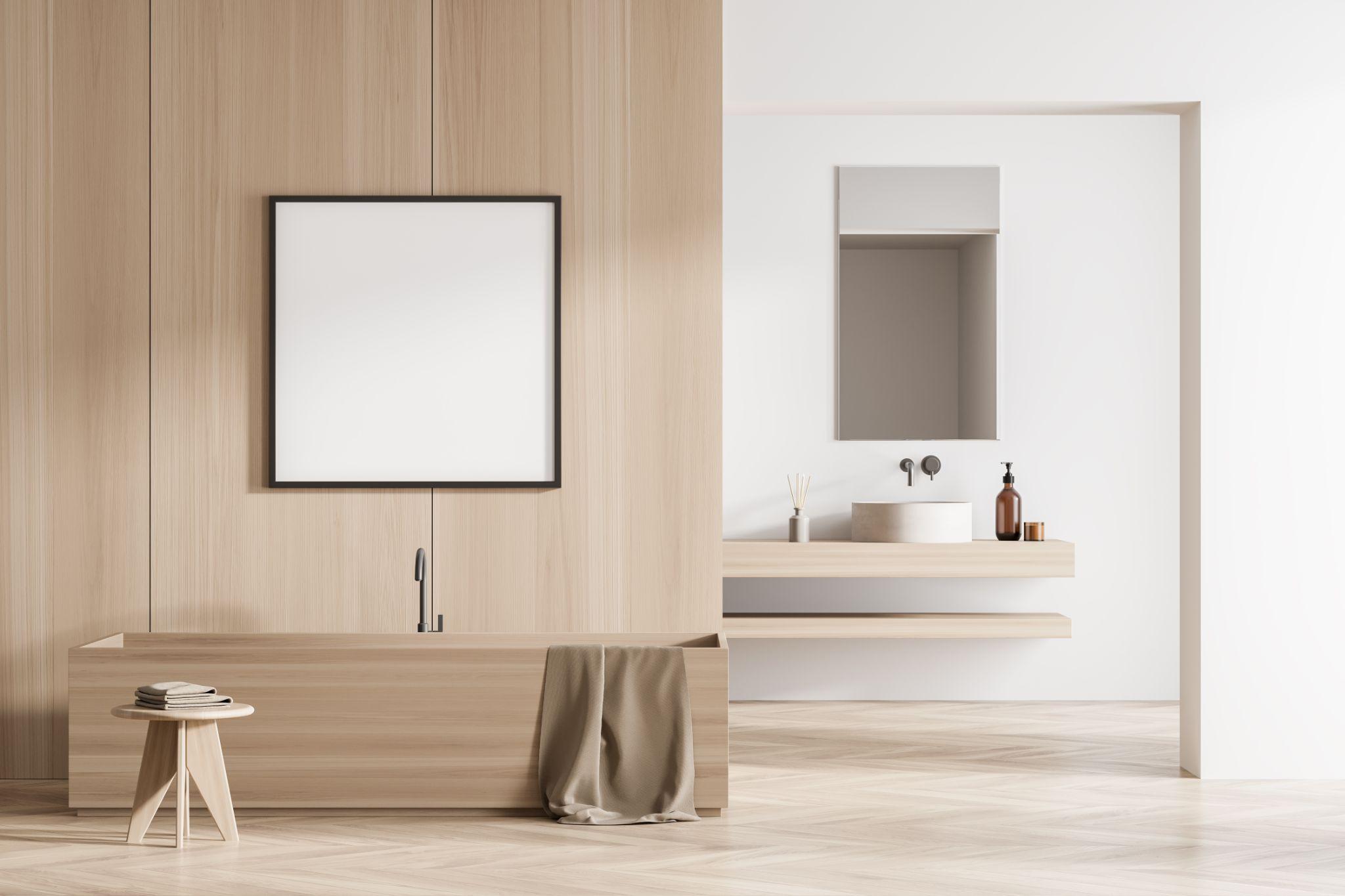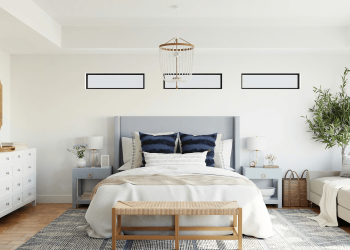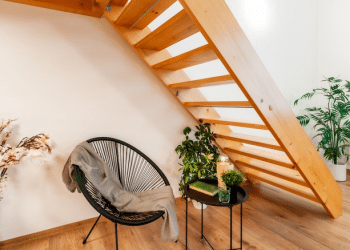Table of Contents

The artwork gives the space a very desirable distraction from the otherwise mundane wall or other object upon which it is placed. Instead of overlooking the spot because it is identical to everything near it, the framed artwork gives you a reason to stop, look, and ponder thoughts that you otherwise would not have.
The frame often is what people notice first. It draws them into the artwork and helps to focus their attention on the image. The image might be a photograph, painting, drawing, or other type of art. The frame is what announces it and helps to define it.
Key Advantages of Floater Frames
One of the greatest benefits of canvas floater frames is that you get to see the entire artwork. Most traditional art frames cover up a small portion of the edges of the artwork. Even as little as a quarter inch overlap with the frame around the edge results in a half-inch reduction in the visible artwork. That does not happen with canvas floater frames.
A floater frame does not shove the artwork up against the back of the frame and secure it in place. A floater frame does the opposite. A backing panel that might be glass or another fairly rigid substance suspends the entire artwork within the internal dimension of the floater frame.
If you have an oil painting on canvas, the entire canvas panel is visible with a small boundary separating the artwork from the inner edges of the frame. The artwork is suspended within the interior dimensions of the floater frame. The frame itself can be made from a variety of materials, but wood is the substance most often used.
Choose Among Landscape, Portrait, and Square Aspect Ratios
An important element of any artistic image is its aspect ratio. The aspect ratio refers to how tall an image is versus how wide. You generally get three options for aspect ratio with picture frames.
One option is landscape, which is wider than it is taller. Landscape frames and images support panoramic views of the very large or the very small alike. And landscape artworks often contain many exceptional elements to which the artist ties together to create a singular work of art.
An image with an aspect ratio of 1:1 is square because its width is the same as its height. Square aspect ratios can work great on a variety of artworks, but they do not provide a panoramic view like you can get with a landscape aspect ratio. A landscape aspect ratio works great with wide landscapes, such as a mountain range or a valley with a river flowing through it from end to end.
The third option is the portrait aspect ratio, which is taller than it is wider. As its name suggests, the portrait aspect ratio works great with portraits. It also does well with anything tall, like trees or a very high mountain peak.
Floater Frames Do Not Damage Artwork
Artwork that is mounted in a traditional frame is subject to potential damage. The longer the artwork remains in the same frame, the more likely damage to artwork occurs. The damage could come from materials used to mount the frame, exposure to sunlight, pressure that holds it in place on a traditional frame, or other causes.
You cannot simply place a traditional frame around artwork and then mount it. Most artwork requires layered mounting that could include a mat board with a window for the artwork, glazing, a backing board, and a dust cover. An adhesive might be used to secure the mounted artwork to the frame. All of those layers create additional threats to the actual artwork. Those threats do not exist with floater frames.
Aesthetic Qualities of Canvas Floater Frames
Artwork is all about the aesthetics that make each piece unique and worth putting on display. A canvas floater frame could be the best possible way to display oil or acrylic artwork done on canvas. That is because the floater frame does not endanger any part of the artwork. You get to view it exactly as the artist intended without even a small portion of the edges covered up with a bulky frame.
A canvas floater frame can perfectly complement the artwork displayed within its internal boundaries without covering up any part of it. The canvas artwork is mounted to the suspended backing, which in turn is affixed to the frame. The frame can be made from a variety of materials that enhance the aesthetics and really make the artwork dazzle while on display.







